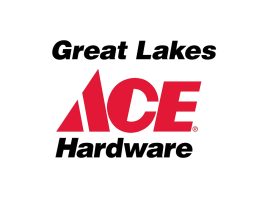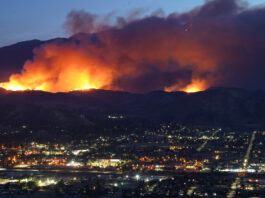
OSHA has released its Ģż“Ś“Ē°łĢż. If finalized, this rulemaking would mark the first federal standard requiring employers to create a plan to evaluate and control heat hazards in their workplace.
According to the proposal, the standard would apply to all employers conducting outdoor and indoor work in all general industry, construction, maritime and agriculture sectors, with some exceptions.
Five states currently have heat injury and illness prevention regulations to protect employees exposed to heat hazards in the workplace: Colorado, California, Minnesota, Oregon and Washington.
Elements of the proposed standard are summarized in an agencyĀ Ā and include the following:
- Training for supervisors, heat safety coordinators and employees;
- Developing and implementing a work site heat injury and illness prevention plan (a written plan must be created for employers with more than 10 employees);
- An initial heat trigger with a heat index of 80Ā°F. When the workplace temperature reaches the initial heat trigger, requirements for employers include providing drinking water, break areas for indoor and outdoor work sites, acclimatization of new and returning employees, paid rest breaks if needed, and more;
- A high heat trigger with a heat index of 90Ā°F. Requirements for employers include giving workers a minimum 15-minute paid rest break at least every two hours, warning signs for excessively high heat areas, and more;
- Two different options for acclimatization procedures for new or returning workers; and
- Additional recordkeeping requirements.
Additionally, workers who are exposed to high temperatures in short duration (i.e., workers who are not exposed to temperatures at or above the initial heat trigger for more than 15 minutes in any 60-minute period), indoor āsedentaryā work or work activities performed in indoor work areas or vehicles where air-conditioning consistently keeps the ambient temperature below 80Ā°F, work performed at home or at another remote location, and emergency response workers are exempt from the requirements in the standard.
OSHA is allowing the public to submit feedback in response to the proposal 120 days after its official publication. NAHB is reviewing the proposed rule to analyze its full impact on residential construction and will submit comments in response. If you have any questions or would like to provide feedback on the proposed standard, contact Brad Mannion atĀ bmannion@nahb.org.
will continue to provide updates on the standard throughout the rulemaking process. To keep your workers safe on the jobsite, see NAHB resources on heat safety, including theĀ .



